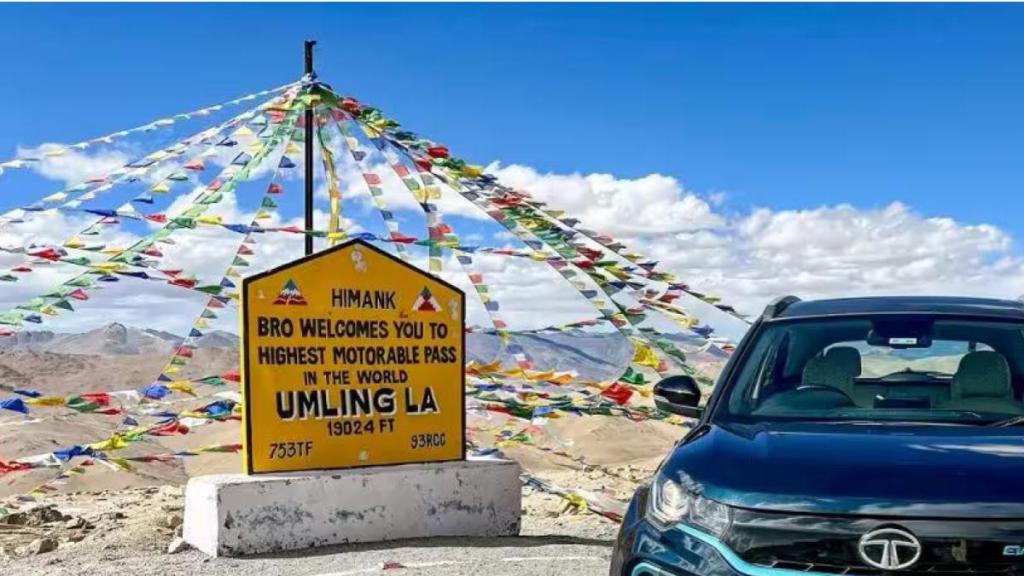In a bold move towards strengthening infrastructure in challenging terrains, the Border Roads Organisation (BRO) has embarked on constructing a high-altitude road in Ladakh’s Demchok sector. This vital road aims to provide connectivity to the military outpost of Fukche, situated just three kilometers from the contentious Line of Actual Control (LAC), as confirmed by officials familiar with the matter.
Marking a significant milestone, the highest point of this new road will reach an astounding altitude of 19,400 feet. Upon completion, it will earn the distinction of being the world’s highest motorable road. Interestingly, the BRO is also responsible for constructing the current highest motorable road globally. In 2008, India reactivated an airstrip at Fukche, positioned at an elevation of 13,000 feet, which had been unused since the 1962 India-China conflict, provoking concerns from China.
The BRO took to X (formerly Twitter) on Independence Day to share the news: “Starts construction on yet another strategic road, Road Likaru-Mig La-Fukche.”
This road according to the tweet will be the world’s highest motorable road and will surpass Umling La Pass and pass through an altitude of 19,400 feet.
This development unfolds amid the backdrop of a prolonged military standoff between India and China along the LAC in the Ladakh region. The two nations continue negotiations to resolve persistent issues. Notwithstanding the disengagement efforts in key areas, both armies maintain significant troop and advanced weaponry presence in Ladakh.
Despite the challenges, the BRO remains undeterred. Notably, the all-woman unit of the BRO, led by Colonel Ponung Doming, has taken charge of supervising the construction of the Likaru-Mig La-Fukche road. This displays the organization’s commitment to diverse and inclusive participation.
On the Independence Day celebrations, 50 workers from the BRO were among the special guests at the event, which drew 25,000 attendees to the Red Fort. This symbolic gesture reinforces the importance of their efforts in nation-building.
Simultaneously, the timing aligns with the enhancement of the Nyoma advanced landing ground in Ladakh, indicating India’s concerted efforts to bolster both military and civilian infrastructure. This airstrip’s revitalization further underscores the nation’s commitment to improving connectivity and readiness.
While India’s focus on enhancing connectivity near its border with China is not new, the current standoff has expedited infrastructure initiatives. The ongoing road, bridge, and tunnel projects exemplify India’s determination to fortify its position and readiness in the region.

